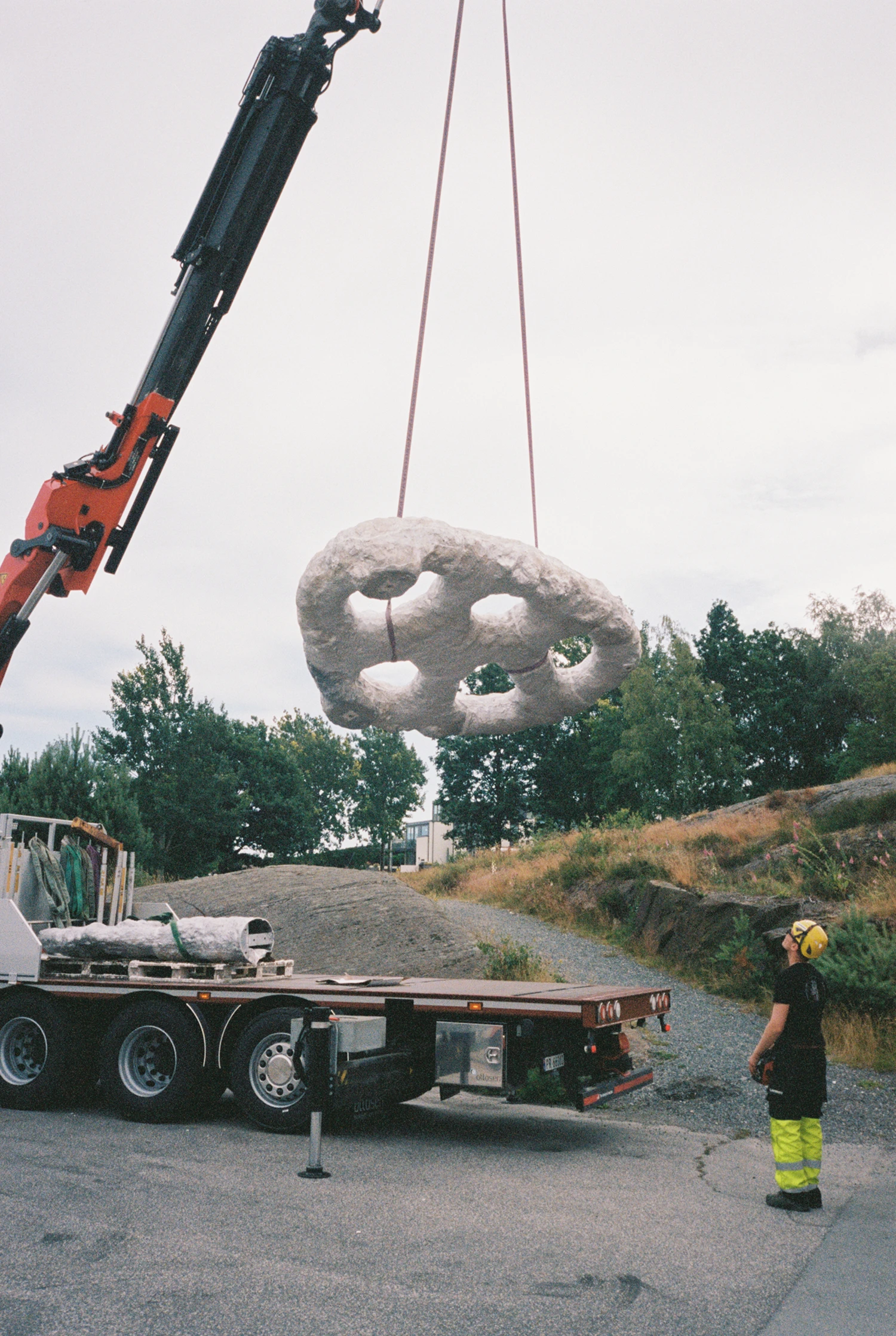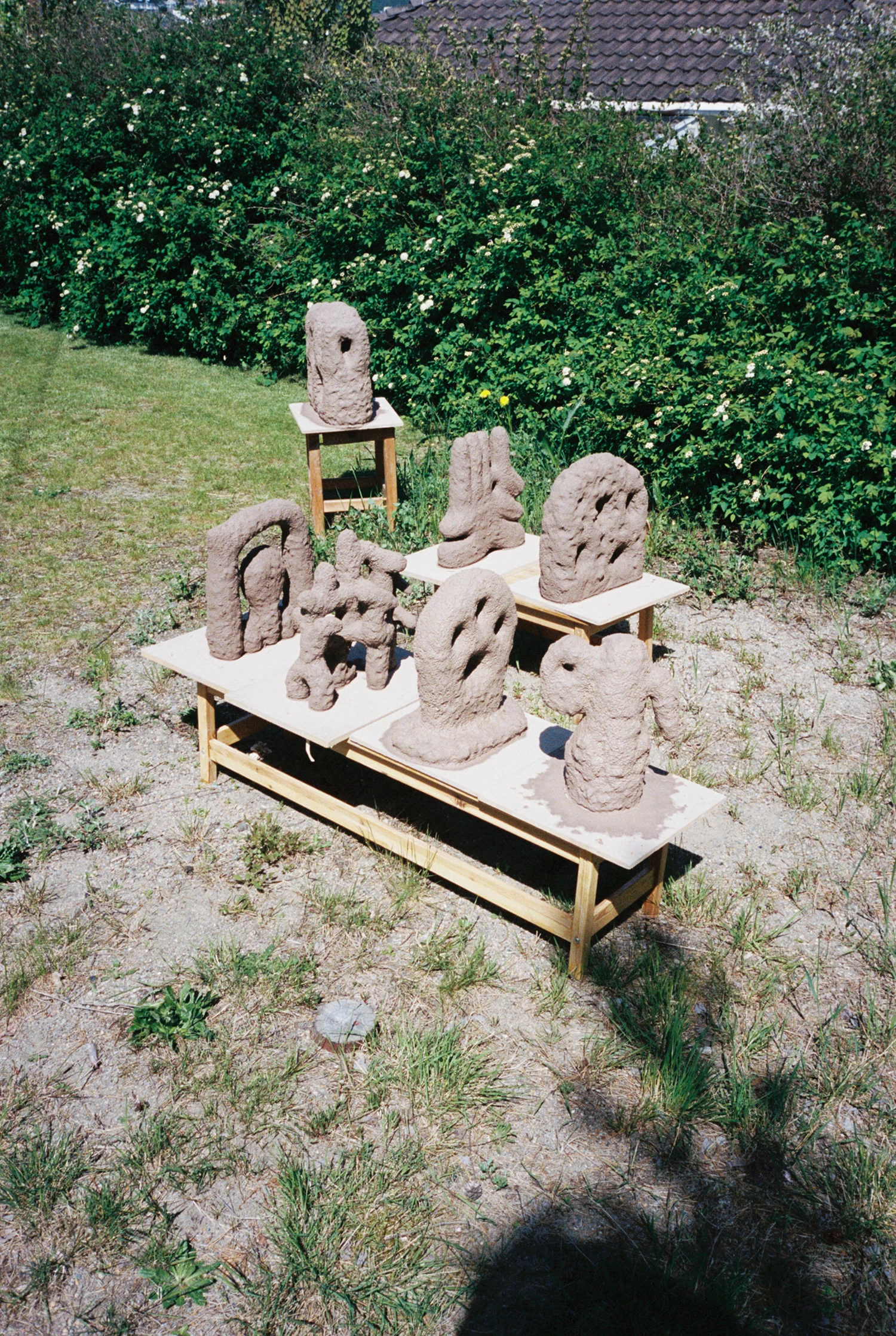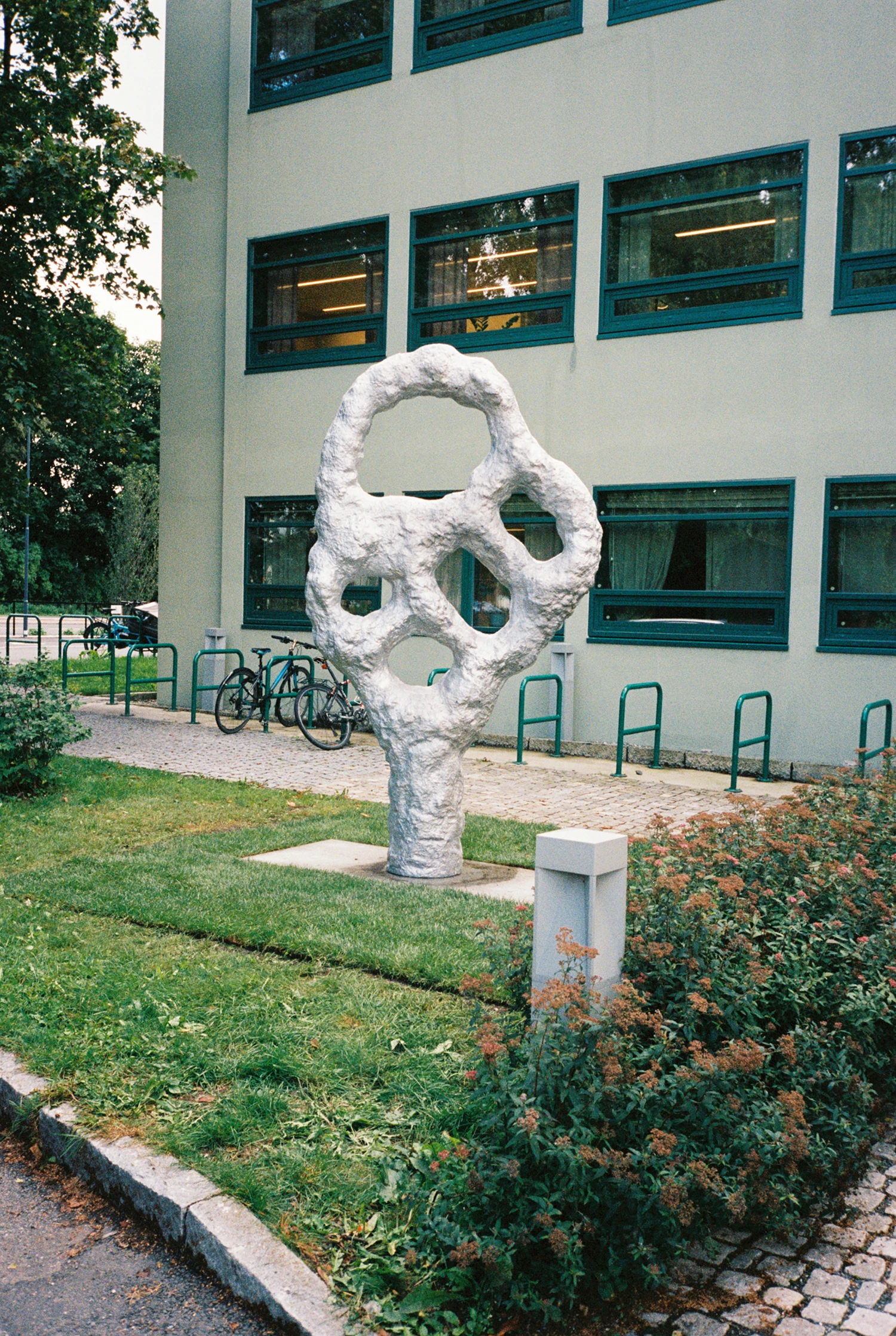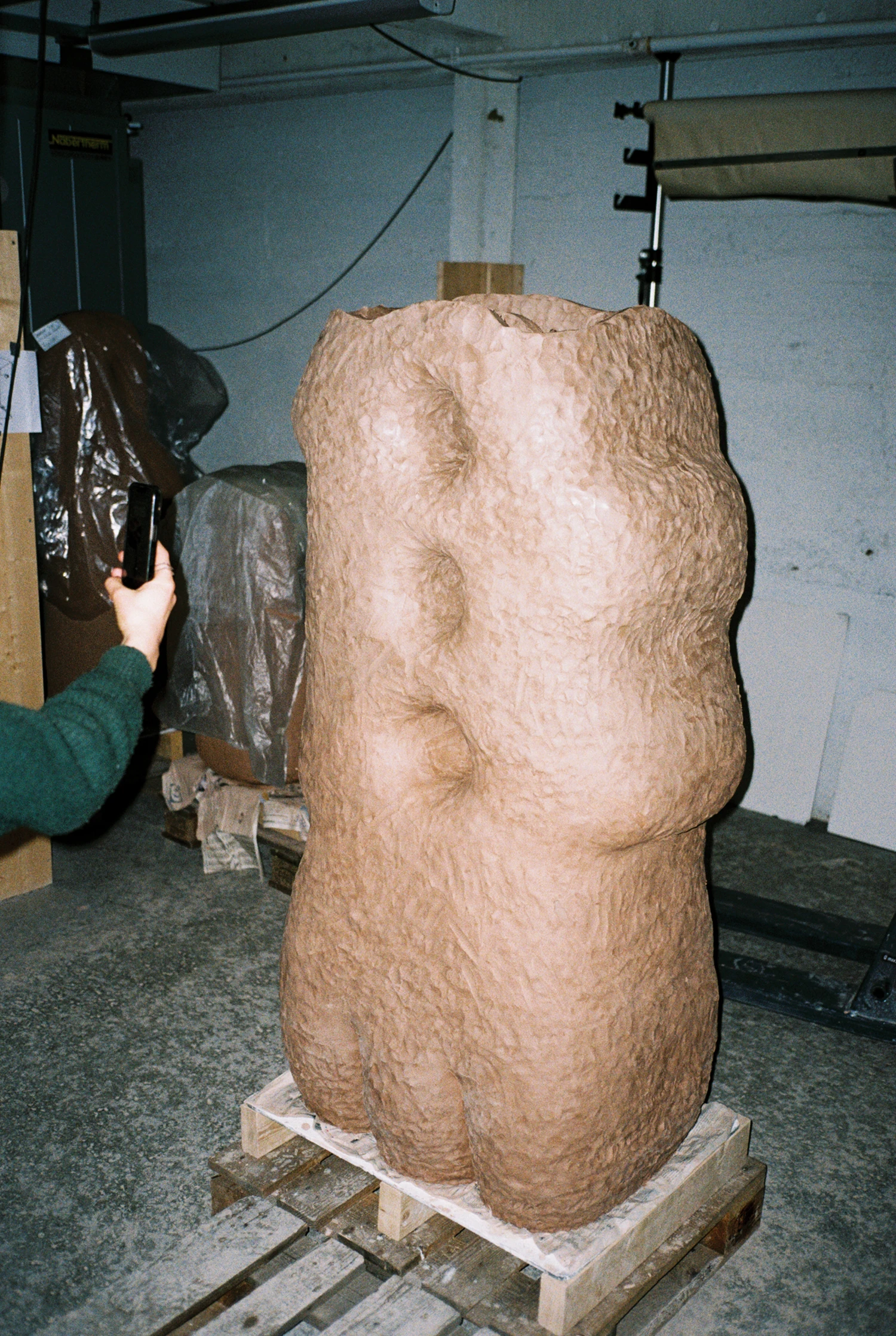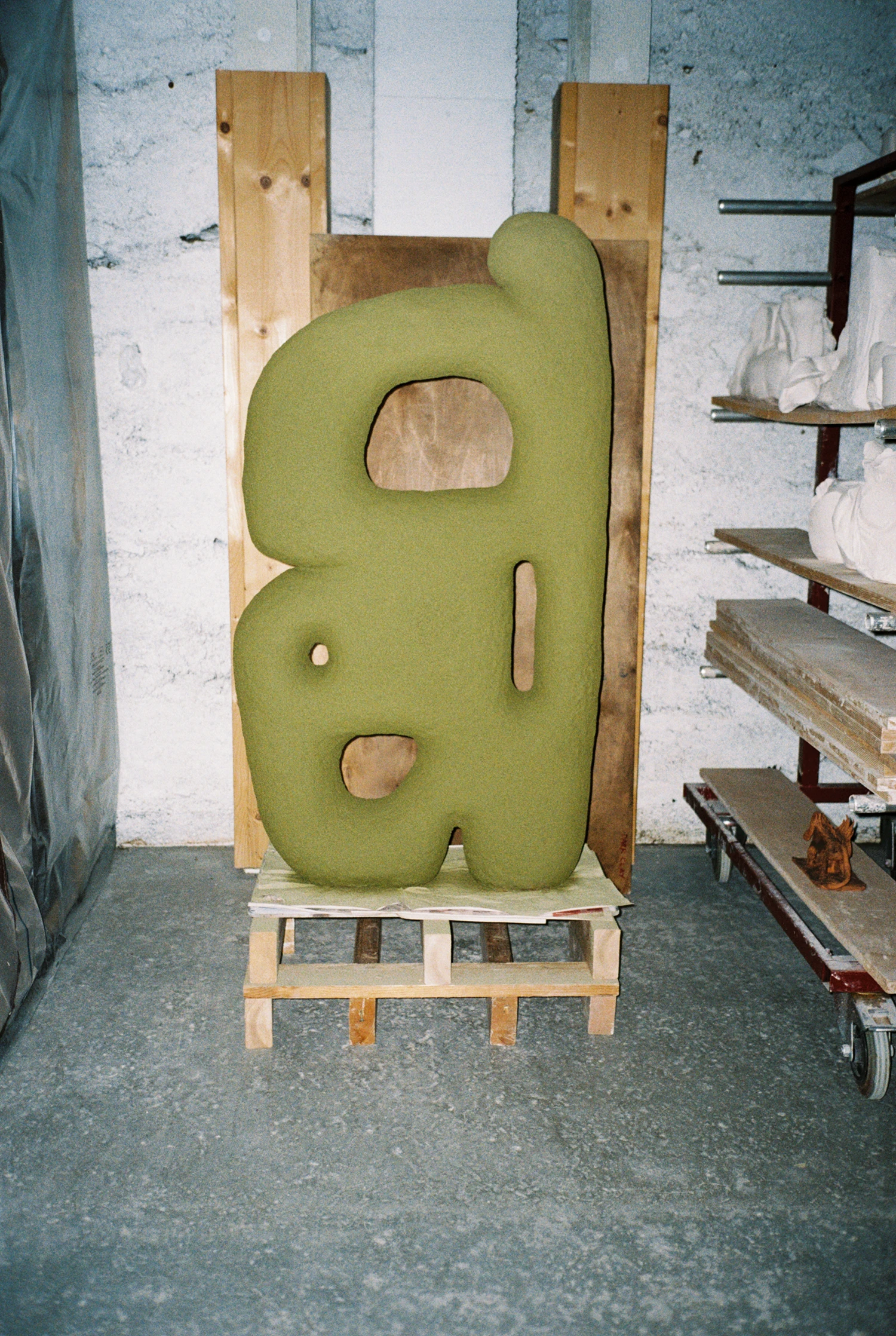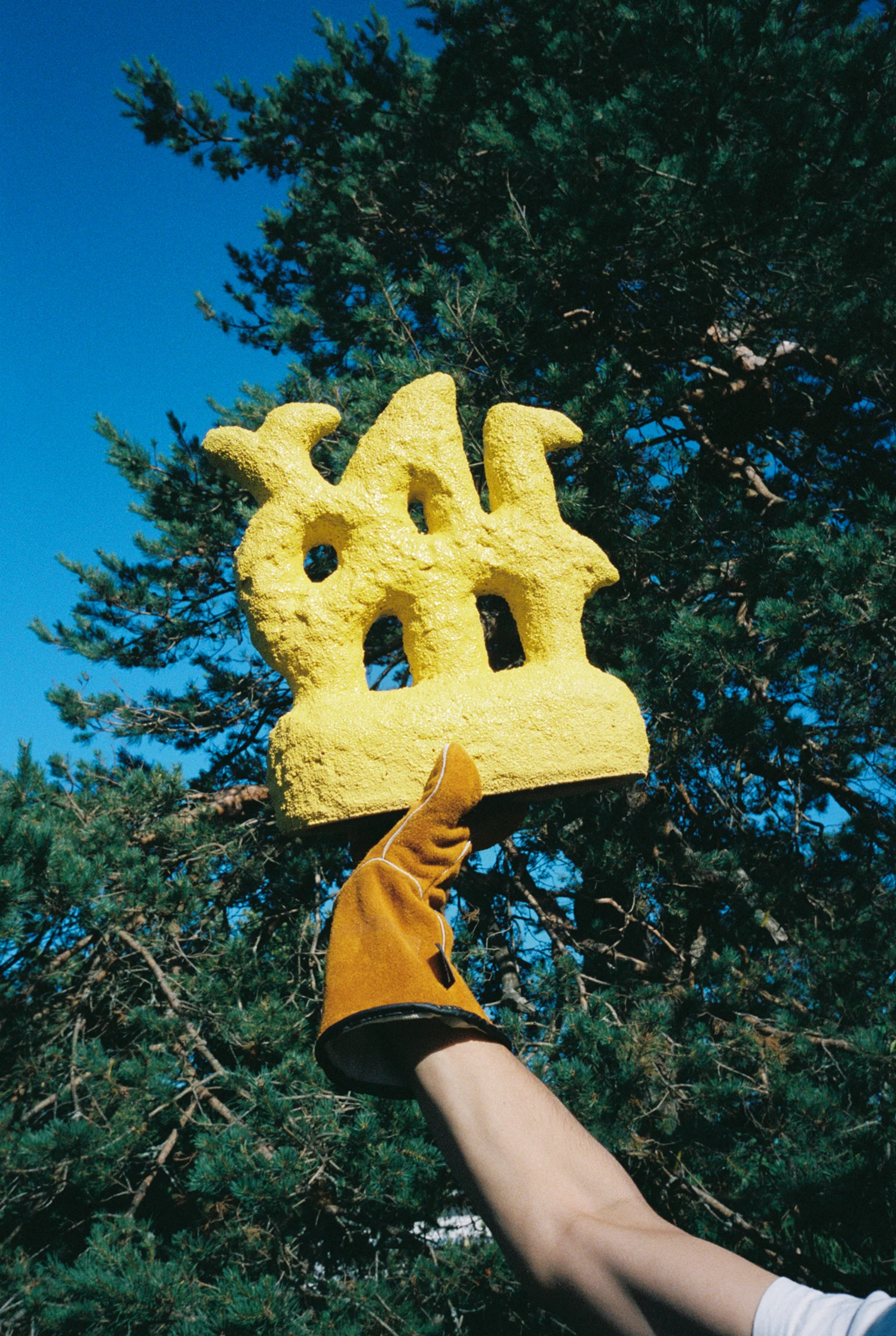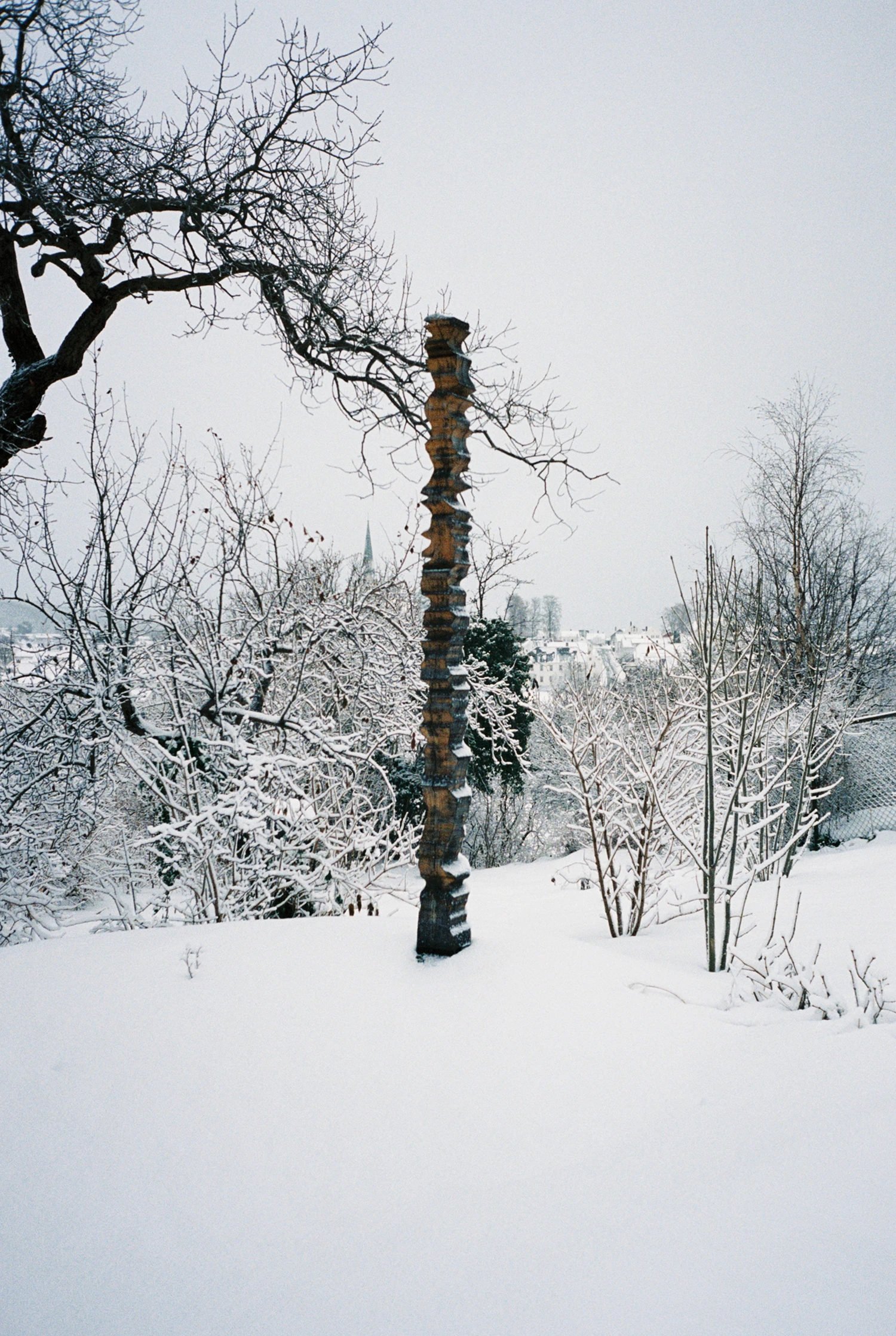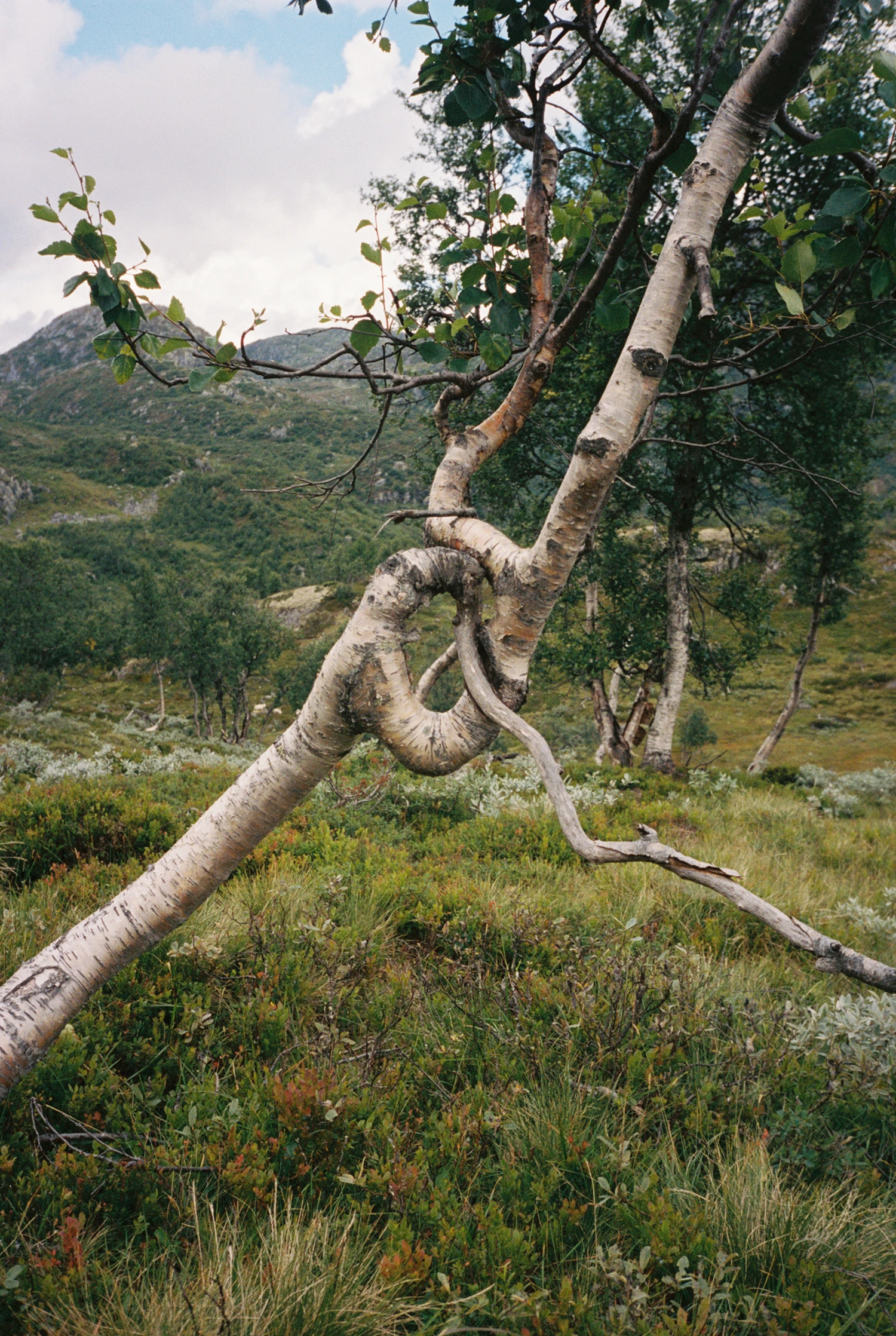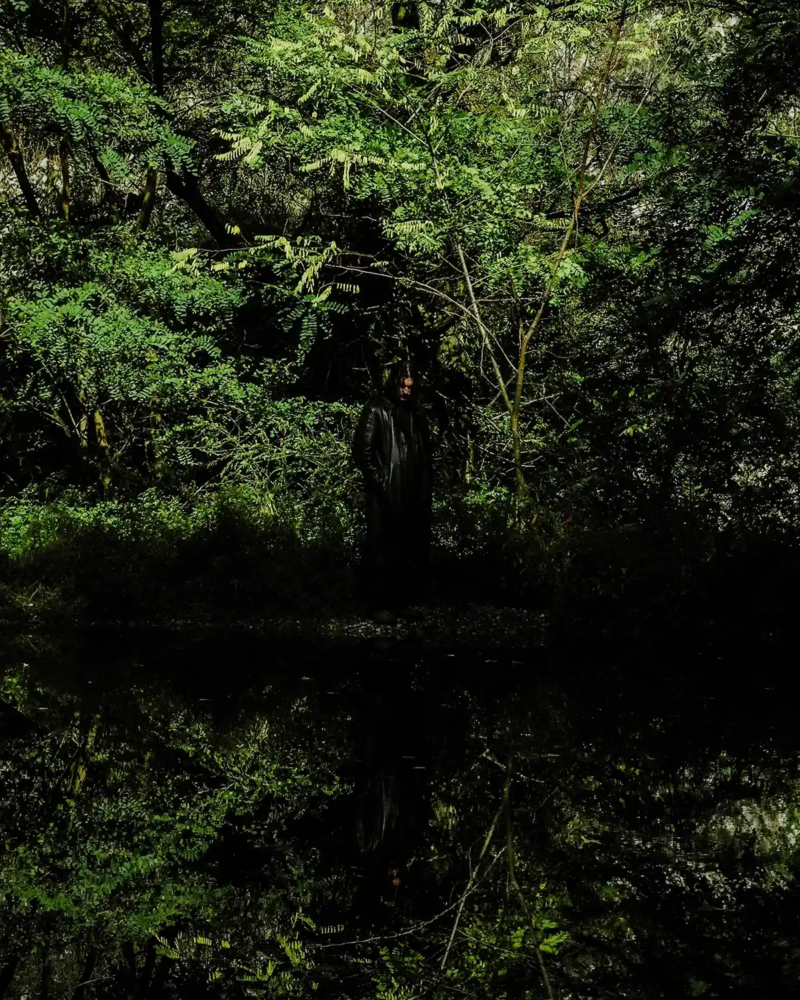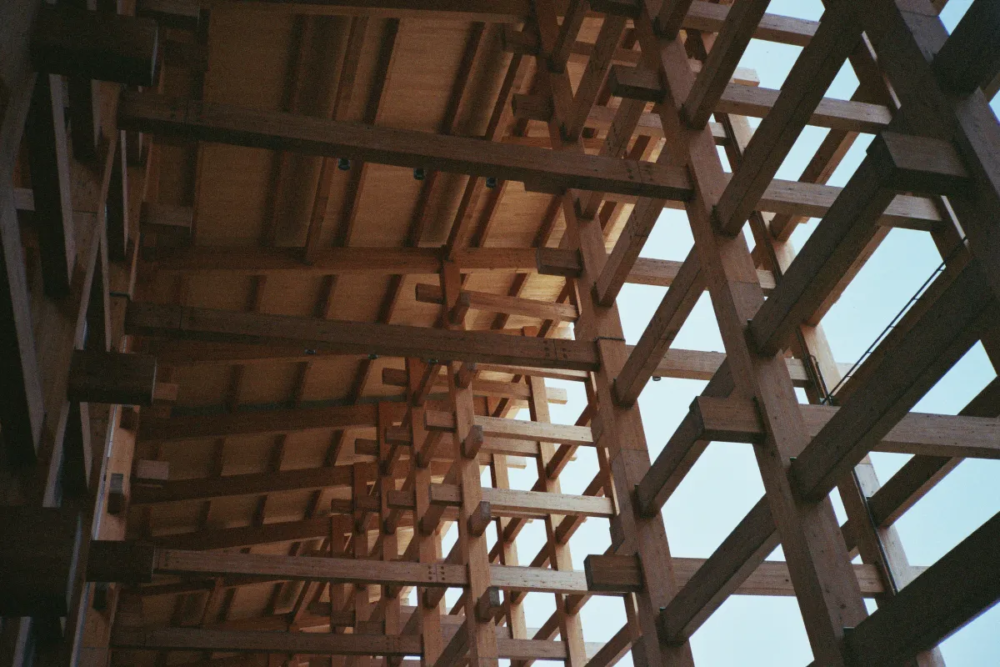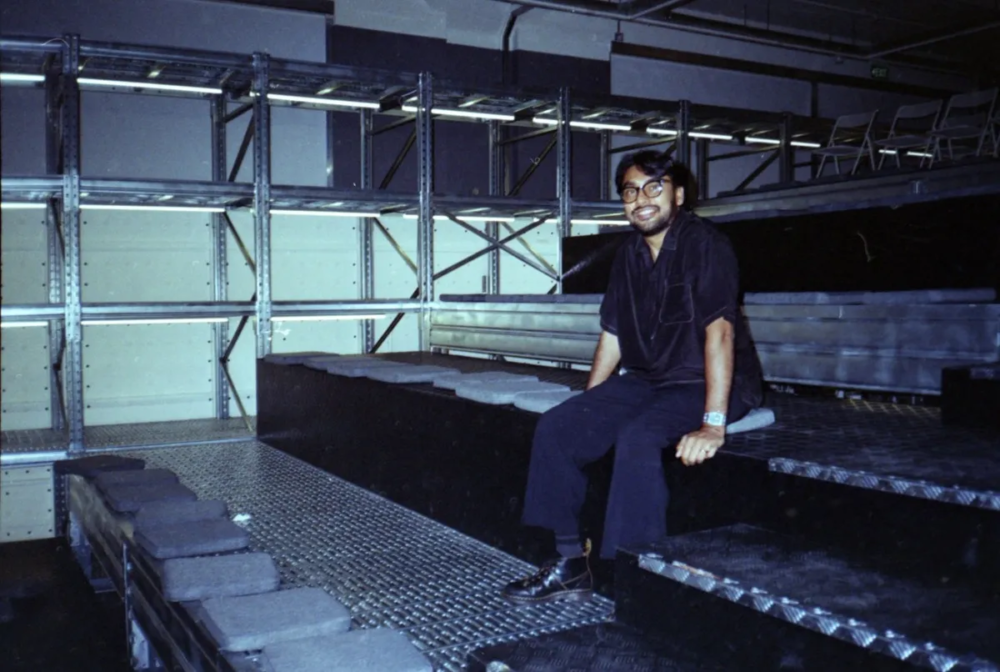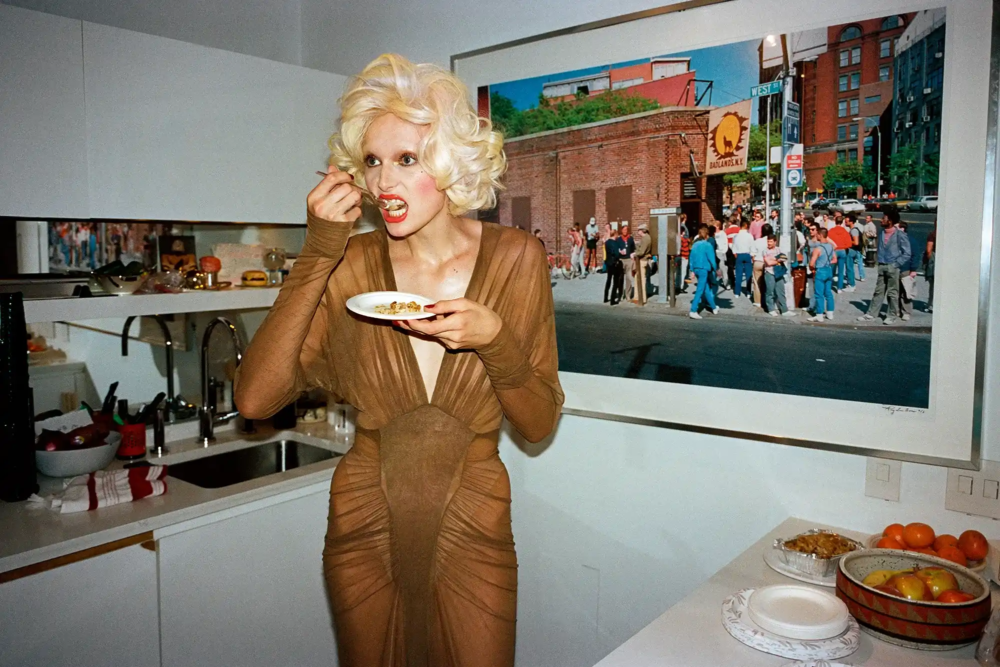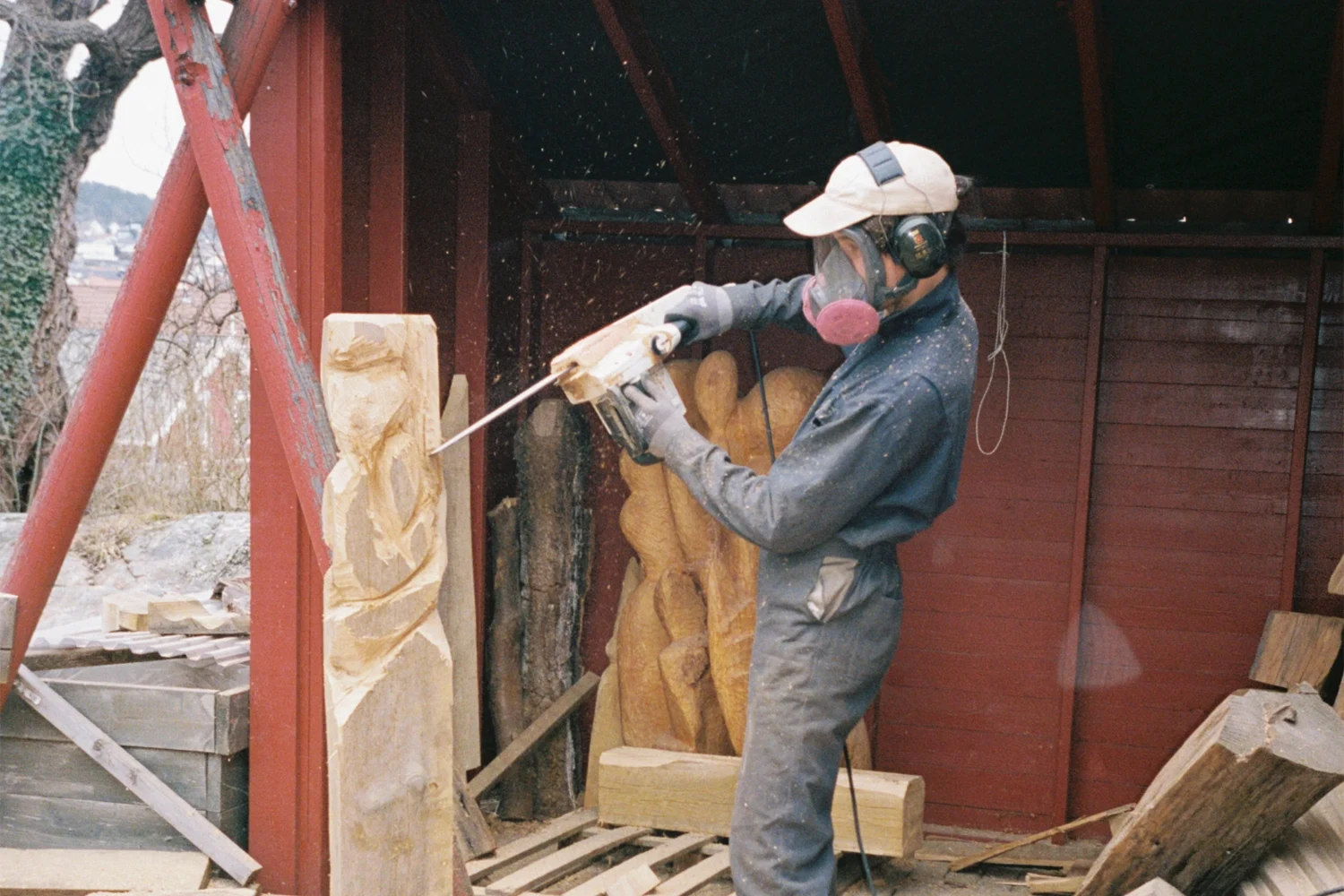
The Raw Marks by Sigve Knutson
The best results come from using tools and materials they were not originally intended for – Oslo based experimental designer Sigve Knutson share his creative process and personal vision on rawness
Rawness according to Sigve Knutson: making as few transformations of the original idea as possible
Rawness is making as few transformations of the original idea as possible. This could involve direct modeling in clay, open mold castings in aluminum, or similar free methods of making, where you have fast results of your actions. When I look for new ways of making objects, I explore tools or processes of making that to me are similar to drawing on paper. It could be a chainsaw pointed at a large trunk of wood and carving away with the tip of it, bit by bit, until the shape that I am looking for appears. I don’t spend time waiting for a grand idea. I prefer ideas to emerge during the process while working on an object.
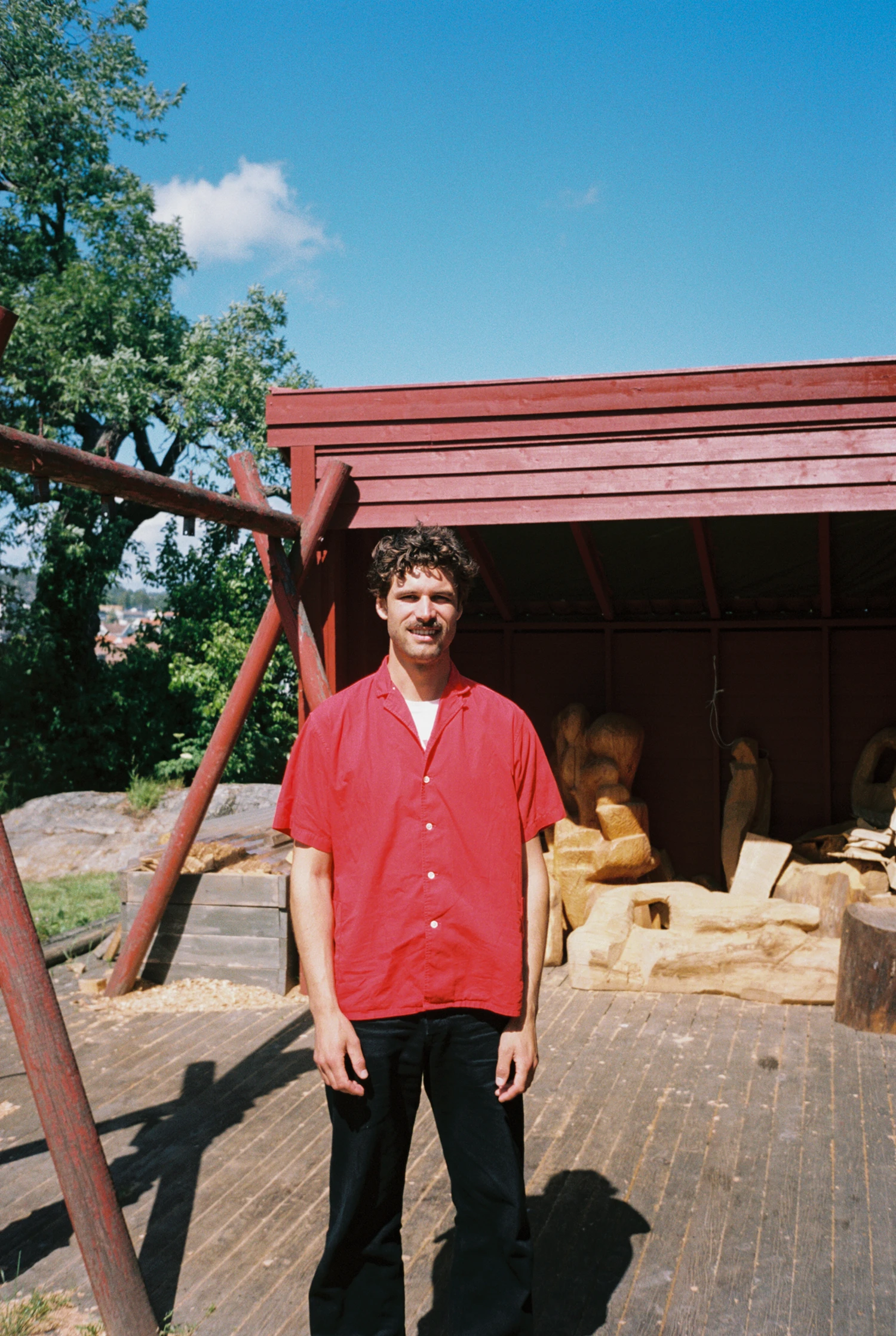
Smoothing out the dents – with designer Sigve Knutson
I do not cover up tool marks or fingermarks in the clay. When hammering metal, I stop working at the stage where the hammer marks are still visible. While others might take the hammered sheet metal to an English wheel or use other methods to smooth out the dents made with a rounded ball hammer, I choose to preserve those marks.
A simplified way to view my objects is as material depots. I work with a single material and aim to showcase its properties through the objects I create. If I work with toxic materials, it will affect my health.
The materials need to be moldable by hands or with tools. This is why tools play a role
in my work. I spend a lot of time researching and experimenting with with different tools to shape the materials. Often, the best results come from using tools and materials in ways they were not originally intended for, so I try to create situations that allow this to happen.
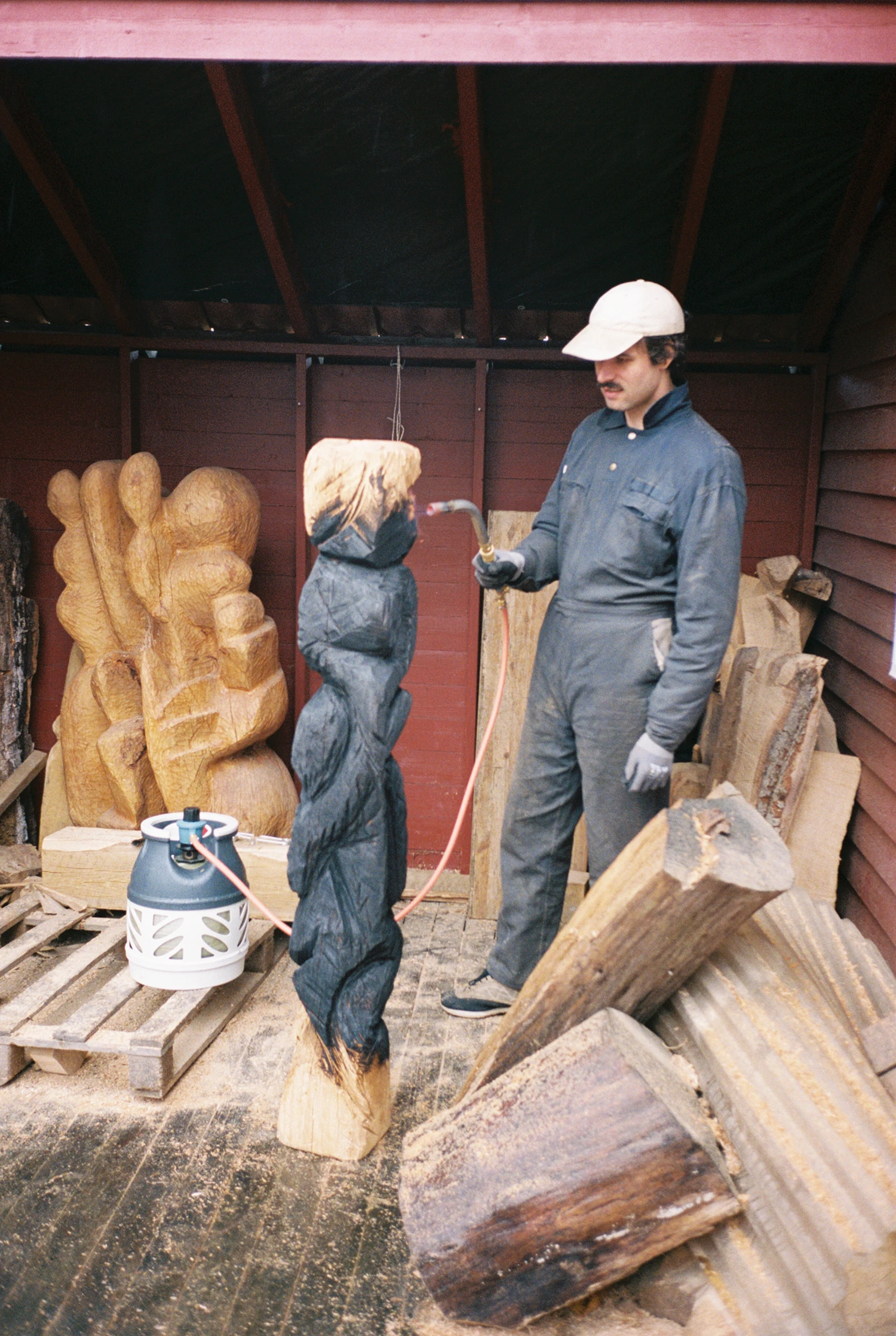
Perfection in the design industry is given, says Sigve Knutson
When I was studying, it became clear that perfection in the design industry was already a given. It was no longer something to strive for. I was more interested in the potential of one’s own working body in a workshop environment and what this body could produce.
Rawness involves embracing the inherent characteristics and imperfections of the materials, such as tool marks or natural textures, and allowing these features to tell the story of the object’s making. It is about transparency and authenticity, letting the viewer see and understand the journey from the raw material to the finished piece.
I primarily search for tools that fit in my hand, whether they are electric or manual. These tools become extensions of my body, enabling me to work with a wide range of materials and shapes. Having a well-rounded collection of tools is liberating. I can execute any idea or project that comes to mind. It gives me the freedom to explore and create without being limited by the tools at my disposal.
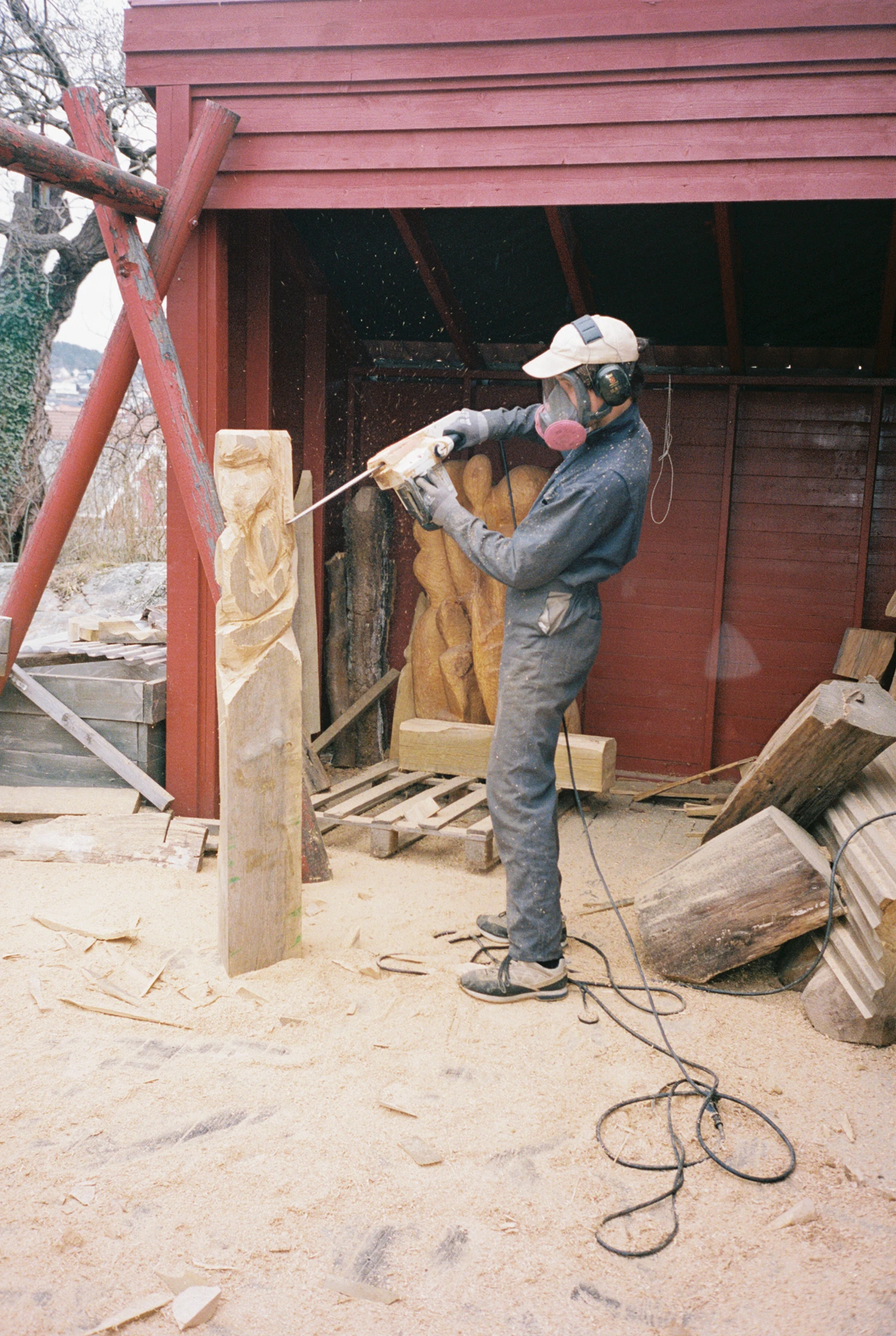
Sigve Knutson’s hometown is Lillesand, Norway
My hometown, Lillesand [Norway], is immersed in raw materials. Growing up, I spent much of my time exploring landscapes filled with crooked pine trees, stone formations shaped by the ocean, and captivating underwater scenery. Living near the woods, I would encounter the landowner who harvests trees in winter and spring, before they become saturated with water later in spring. He needs to remove the lower parts of trees that are too irregular for the timber industry. These wood chunks are ideal for my work. One of the parameters that we would be judged by at Design Academy Eindhoven was surprise. This makes sense.
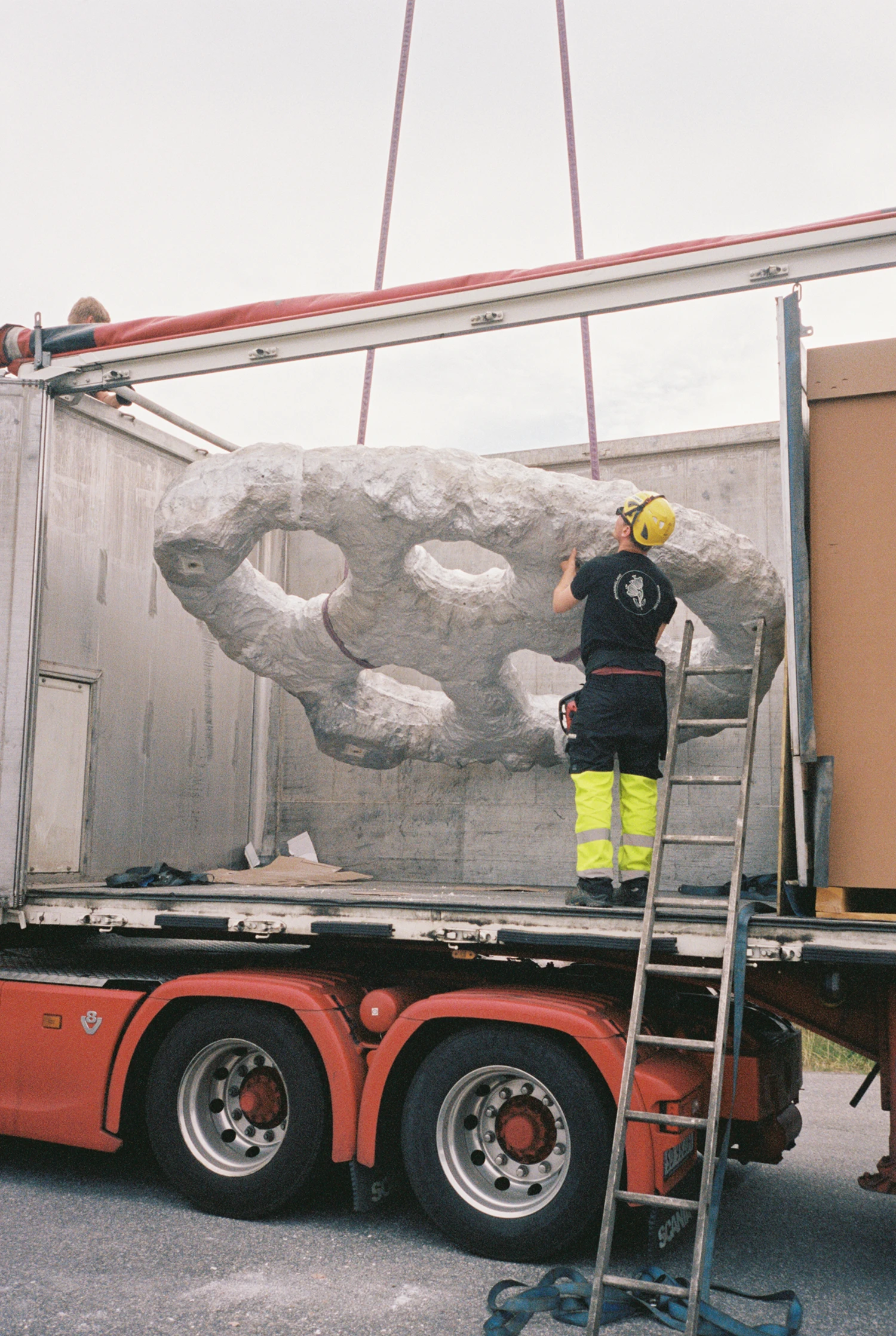
Sigve Knutson (b. 1991, Lillesand, Norway)
Sigve Knutson is an experimental designer based in Oslo. He obtained an MA in Contextual Design at Design Academy Eindhoven in 2016.
Words collected by Matteo Mammoli from an interview with the designer
